Back in October we reported on Kia’s plans to begin selling an all-electric Soul EV in the U.S. during the second half of 2014. While details were scarce at the time, Kia recently invited us to their central research and development center in Namyang, Korea, to learn more about the automaker’s first mass-market electric vehicle.
Whereas brands like Toyota, Nissan and Tesla are well known for their achievements in alternative energy technology, Kia is a relatively unknown player when it comes to vehicle electrification. Rather than jumping head first into the global EV market with an unproven first-generation product, Kia drew on the experience gained from their Korean-only Ray EV program to develop the forthcoming battery-powered Soul. What they learned allowed them to achieve some impressive stats, including a 0-60 time of less than 12 seconds (on par with the conventionally-powered Soul) and an estimated driving range of over 120 miles, though official EPA estimates will likely check in below the 100-mile mark. Kia engineers also managed to swap in the 27-kilowatt-hour lithium-ion polymer battery pack, 81.4-kilowatt electric motor, and supplemental cooling units without altering the Soul’s interior dimensions.
Although our seat time was limited, the Soul EV prototype showed its true colors right out of the gate. The significant reductions in noise, vibration, and harshness (NVH) made to the second-generation Soul are all the more noticeable in the EV prototype. To that end, the Soul EV is easily one of the quietest EVs we’ve ever tested. Not unlike most hybrids and full-electrics, however, the Soul’s regenerative braking takes some getting used to. Conversely, selecting the energy regeneration function on the shift lever produces linear, natural-feeling deceleration. And, while the approximately 450 pounds of additional weight is evident during aggressive braking and abrupt lane changes, overall handling and responsiveness is quite respectable. The steering calibration could benefit from a bit more weighting, but, as they say, any problem caused by software can be fixed with software.
As a result of California’s zero-emissions mandates compounded by aggressive federal fuel economy standards, most major auto manufacturers have or are in the process of building all-electric vehicles for public consumption. Because the vast majority of so-called ‘compliance cars’ are developed on smaller B- and C-segment platforms, prospective EV buyers who place a premium on cargo space are left with few choices. The Toyota RAV4 EV (available only in California) offers a generous helping of storage space along with a comparable — albeit predictably superior — EPA-certified range of 100-miles, but carries a budget-bashing price tag of $50,660. Kia remains coy about pricing details, but we expect the 2015 Soul EV’s lease and/or purchase price to fall in in line with EV offerings from Fiat, Ford, Chevrolet, and Nissan — all of which linger in the neighborhood of $25,000 after federal and state incentives that can approach $10,000.
Given its projected price point and impressive level of versatility, the Soul EV could be in a class of its own when it hits showrooms late next year. Kia will officially lift the curtains on the Soul EV in January at the 2014 North American International Auto Show in Detroit, and we’ll be there to watch.
More fuel efficent vehicles…
Toyota FCV Concept debuts in Tokyo
We drove the 2014 BMW i3 and came away impressed
Volvo is shooting for V8 power with 4-cylinder fuel economy
Popular at KBB.com
10 Best SUVs Under $25,000
Your 12 Midsize Sedan Choices
First Pics: All-new Cars for 2014
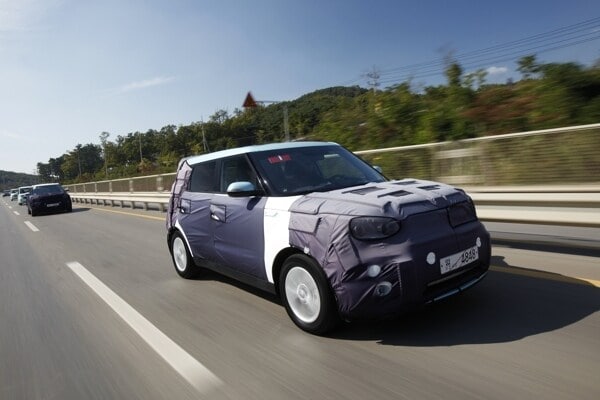
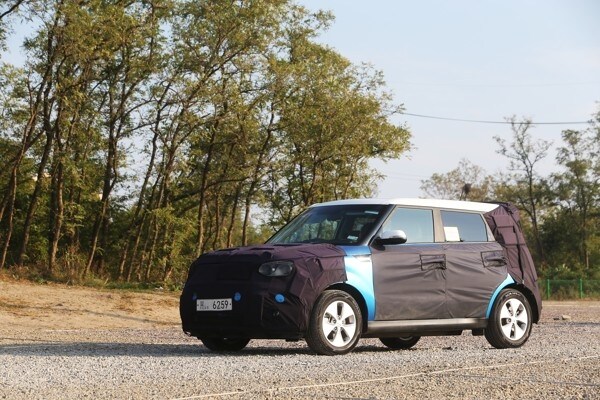
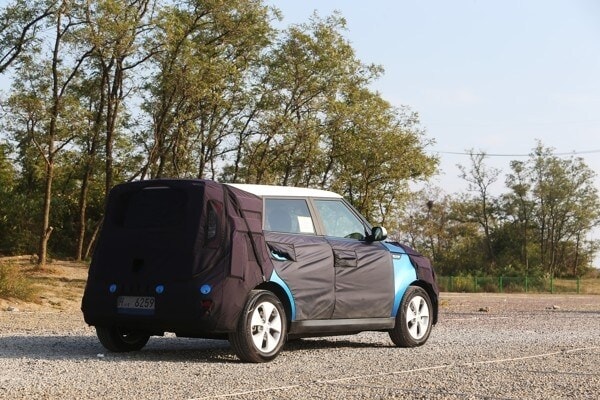
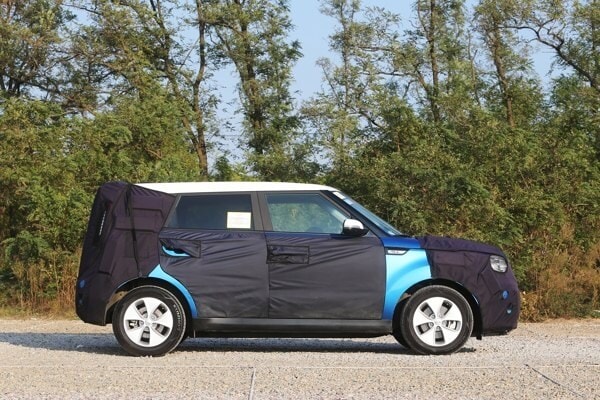
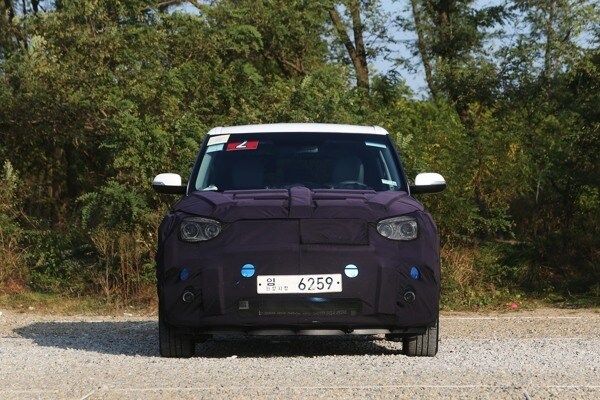
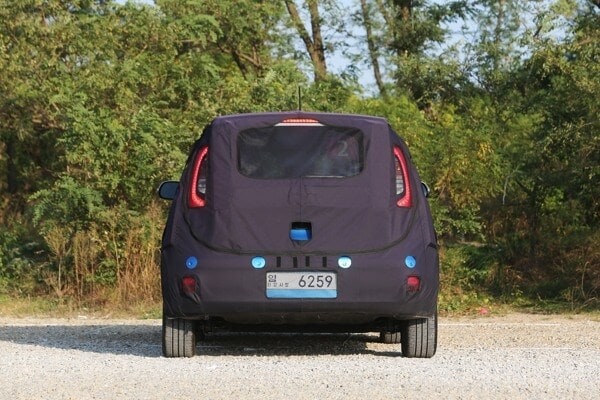
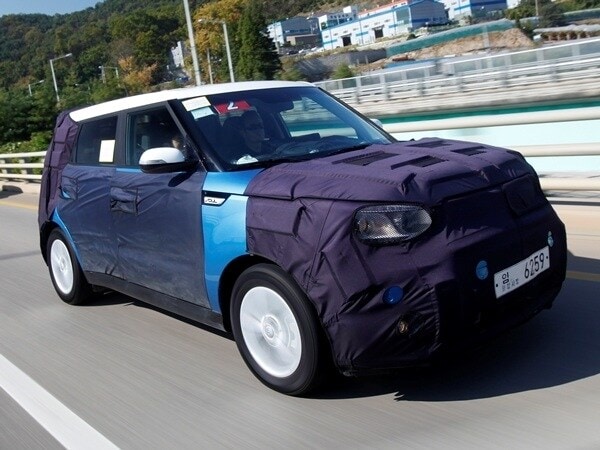
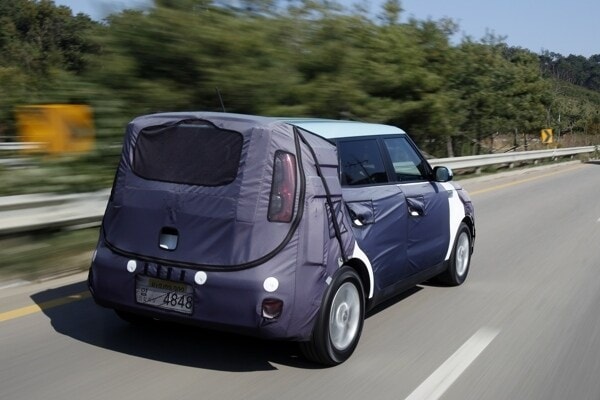
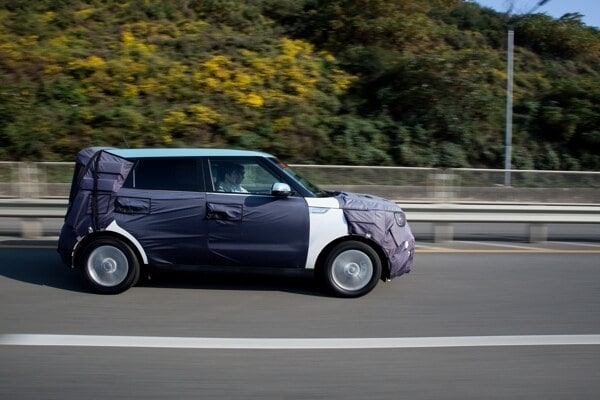
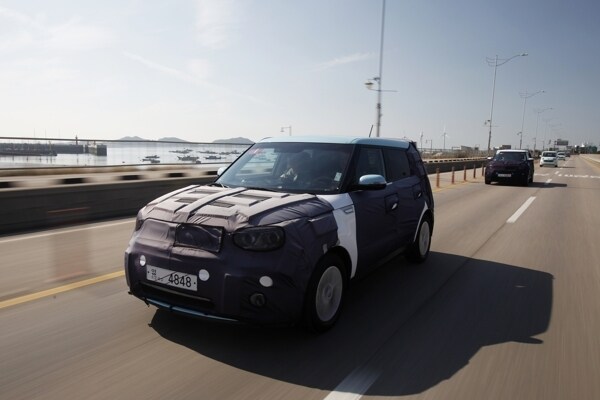
.jpg)









